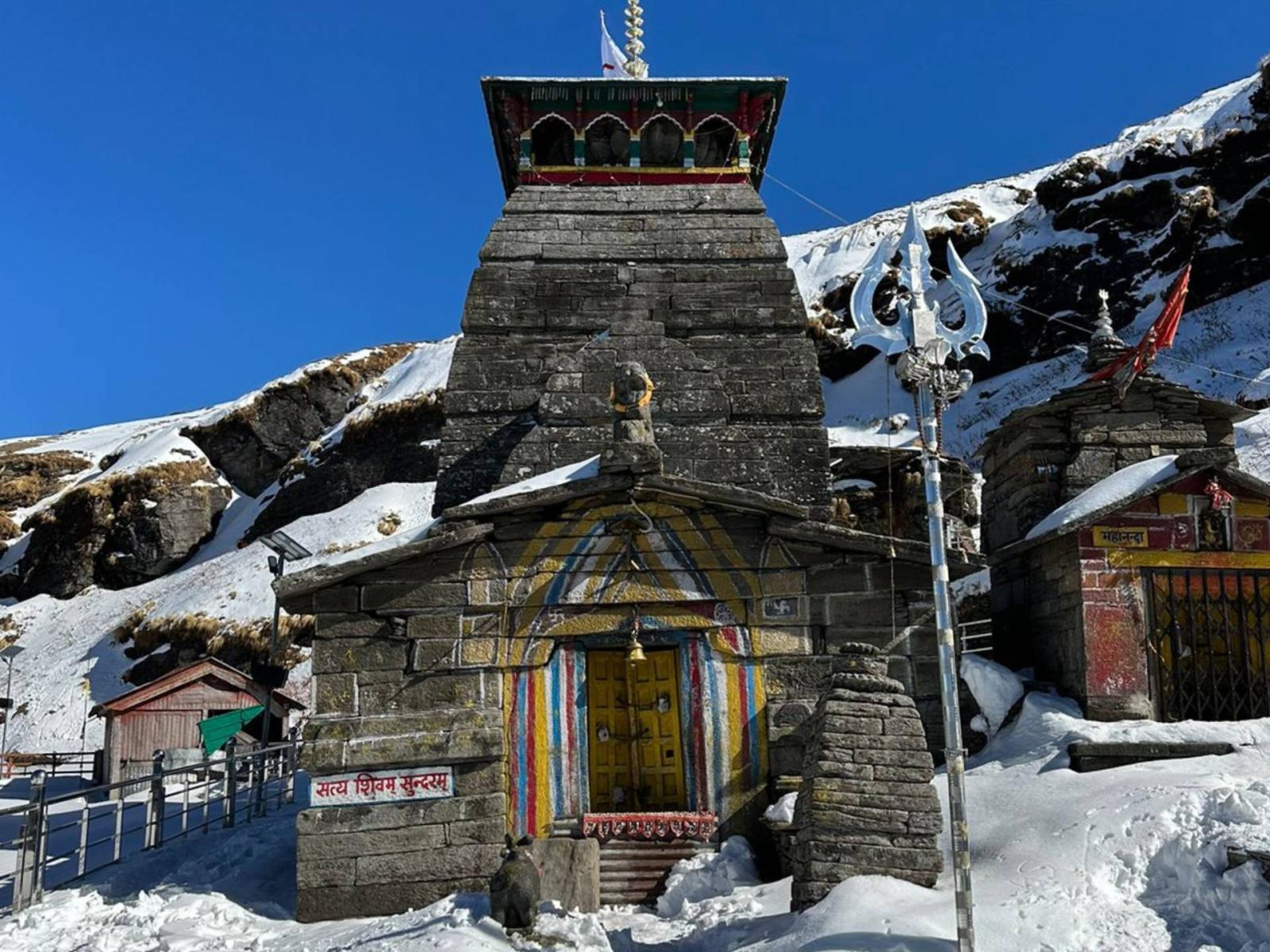Notifications

8 minutes, 52 seconds
-537 Views 0 Comments 0 Likes 0 Reviews

The Panch Kedar Trek is one of the most significant and challenging pilgrimages in India, offering not just spiritual solace but a chance to witness some of the most breathtaking landscapes in the world. Located in the Garhwal region of Uttarakhand, this trek takes you to five sacred temples dedicated to Lord Shiva, each representing a different body part of the deity. But beyond the well-known tales of the Pandavas and their quest for redemption, there are many lesser-known facts about the Panch Kedar trek that will leave you in awe. Here are five surprising facts about the Panch Kedar Yatra that even seasoned trekkers may not know!
The mythological tale of the Panch Kedar Yatra tells us that after the Pandavas’ victory in the Mahabharata, they sought Lord Shiva’s blessings to atone for the bloodshed caused during the war. However, Shiva, unwilling to meet them, took the form of a bull and hid in the Himalayas. When the Pandavas finally found him, he vanished into the ground, leaving different parts of his body at five locations. These five places are now home to the Panch Kedar temples, and each one symbolizes a distinct body part of Lord Shiva:
This representation of Lord Shiva through the Panch Kedar temples is not just a geographical journey but a spiritual exploration, where each temple’s significance connects you with a different aspect of the divine.
It’s a common misconception that Tungnath, the highest temple among the Panch Kedar, is the one situated at the greatest altitude. While the Tungnath Temple is often regarded as the highest temple, it’s actually Kedarnath that stands at 11,700 feet above sea level, making it the highest among the temples in terms of altitude.
What makes Tungnath special, however, is its location on the Chandrashila Peak, which is the highest point in the region, offering trekkers stunning panoramic views. The trek to Chandrashila is one of the most rewarding aspects of the Panch Kedar Yatra. From here, you can see majestic peaks like Nanda Devi, Trishul, Chaukhamba, and other towering Himalayan ranges. The experience of witnessing the sunrise from Chandrashila is truly mesmerizing, as the golden light bathes the snowy peaks, offering a view unlike any other.
The Panch Kedar Yatra is not just a trek to temples, but a journey through the untouched landscapes and remote villages of Uttarakhand. While most trekkers are familiar with the popular destinations like Kedarnath, the trek also takes you through villages like Ransi, Sagar, and Chopta, where the daily life of the locals unfolds in its most pristine form. These remote settlements are often untouched by modernity, and the locals live a simple yet rich life surrounded by nature’s grandeur.
The warm hospitality of these villagers is something that many trekkers remember long after the trek ends. Visitors have the unique opportunity to interact with the Garhwali people, learn about their culture, traditions, and folklore, and even taste local dishes prepared with the freshest ingredients straight from the mountains. These experiences make the Panch Kedar Yatra not just a spiritual pilgrimage but a cultural one as well.
Beyond the spiritual significance of the Panch Kedar temples, the trek offers nature enthusiasts the chance to explore a unique blend of Himalayan flora and fauna. The trail takes you through dense rhododendron forests, alpine meadows, and snow-capped peaks, where you can witness the raw beauty of the Garhwal Himalayas. The route also offers an opportunity to spot rare wildlife like musk deer, Himalayan monals, and other high-altitude species.
The Panch Kedar Yatra passes through some of the richest biodiversity hotspots in the Himalayas, and the beauty of the surrounding landscapes adds a natural element to the spiritual experience. As you trek through these pristine environments, you’re not just seeking divine blessings but also absorbing the tranquility that only nature can offer. The sight of cascading waterfalls, clear mountain streams, and the majestic Himalayan peaks will make every step of the trek unforgettable.
While Kedarnath, Rudranath, and Tungnath are relatively harder to reach, Kalpeshwar is the most accessible of the Panch Kedar temples. The temple is located in a picturesque setting and is reachable by road, making it more approachable for those who may not have the stamina for the strenuous treks to other temples.
However, don’t let its accessibility fool you. Kalpeshwar still holds a deep sense of seclusion and spirituality. Located amidst lush greenery and surrounded by towering peaks like Nanda Ghunti and Trishul, the serene atmosphere here offers an ideal place for meditation and reflection. Standing before the temple and feeling the cool breeze whisper through the trees, you can't help but feel connected to the divine in a profound way.
This temple is where Lord Shiva's jata (hair) is venerated, and its peaceful surroundings provide an ideal setting to reconnect with yourself spiritually. It's a perfect blend of accessibility and seclusion, offering the best of both worlds.
The Panch Kedar Yatra is more than just a trek; it’s a spiritual pilgrimage that immerses you in the myths, history, and natural beauty of the Garhwal Himalayas. From the awe-inspiring temples of Kedarnath, Tungnath, and Rudranath to the remote villages and lush landscapes, each step on this journey brings new surprises and experiences.
Whether you’re an adventurer seeking to conquer the peaks of the Himalayas or a devotee looking to connect with the divine, the Panch Kedar trek offers something for everyone. And while it is well known for its spiritual significance, it’s the lesser-known facts – like the representations of Lord Shiva’s body parts, the wildlife, and the remote villages – that make this trek even more unique.

